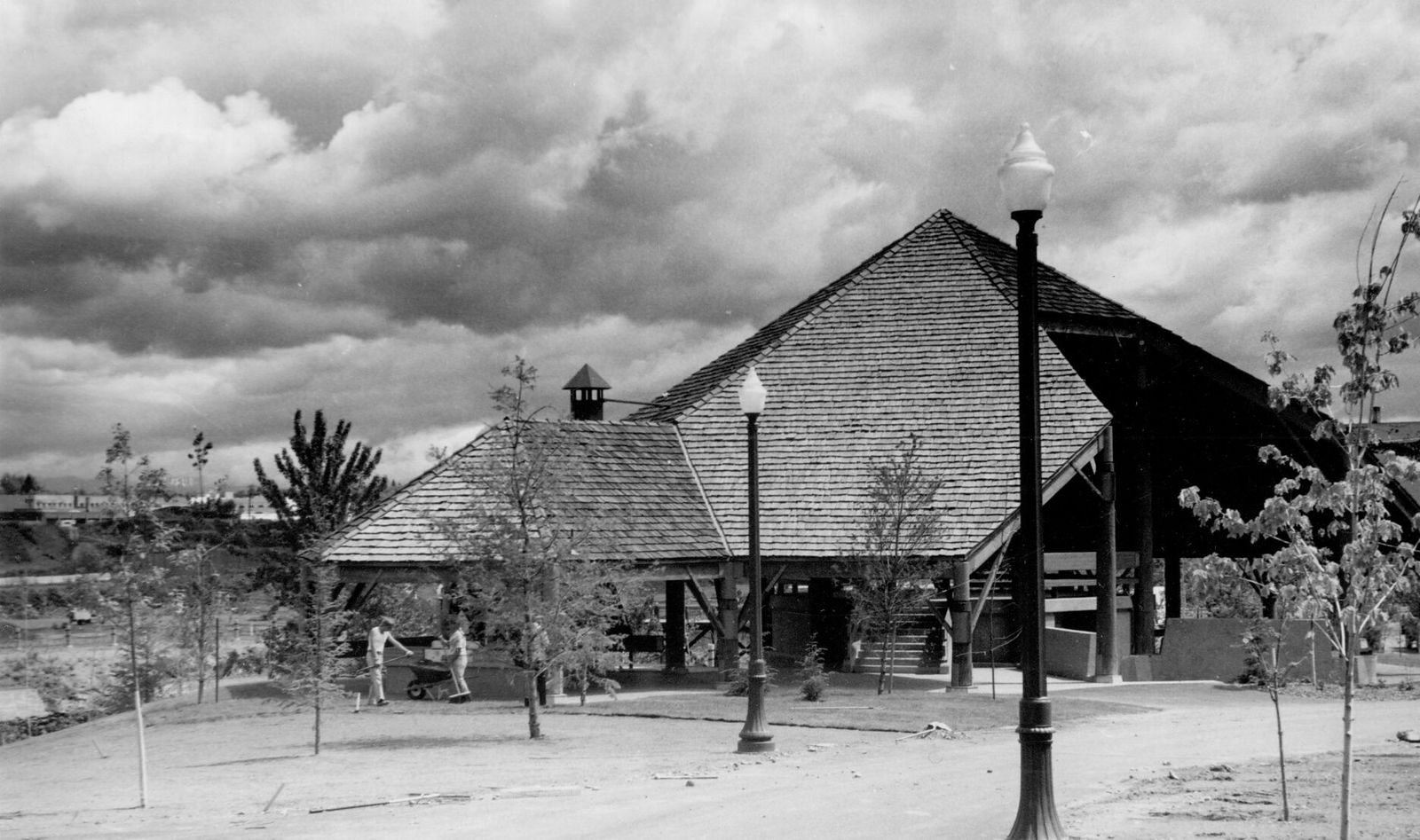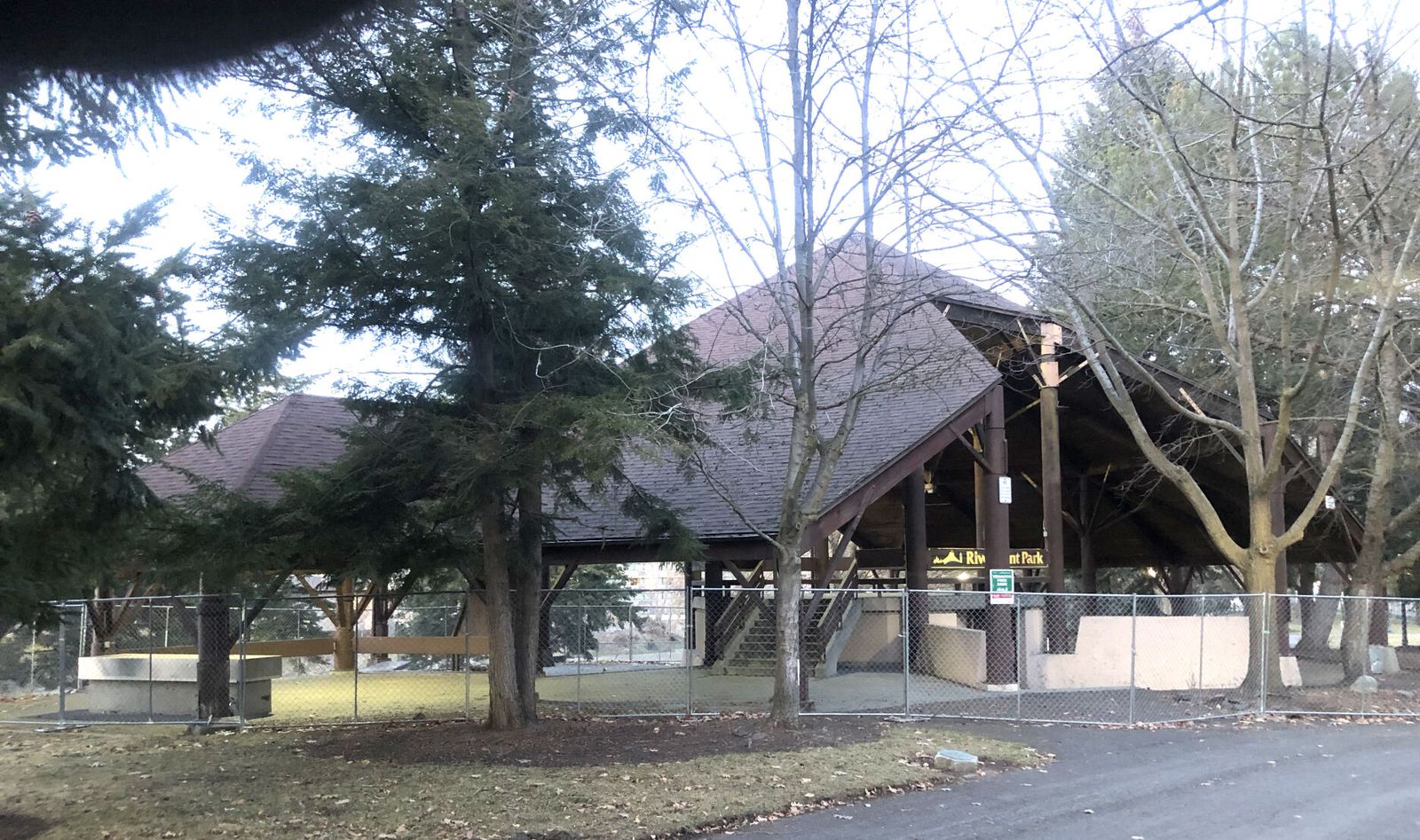
Then and Now: Forest Pavilion
The U.S. Pavilion and the Washington State Pavilion are often heralded as the two landmark buildings preserved after Expo ’74 shut down almost 50 years ago. Less heralded was a modest wooden shelter that began as the American Forest Pavilion.
Section:Then & Now
Then and Now: Forest Pavilion
The U.S. Pavilion and the Washington State Pavilion are often heralded as the two landmark buildings preserved after Expo ’74 shut down almost 50 years ago. Less heralded was a modest wooden shelter that began as the American Forest Pavilion.
It wasn’t until Jan. 7, 1974, that the American Forest Institute committed to take part in Expo ’74 and place a forestry-themed pavilion at the world’s fair.
Sam Donaldson of Boise Cascade Corporation said the pavilion would “get the timber management story to the American people.”
Paul Creighton, Expo’s director of site development, said the irregularly shaped shelter would represent a “unique use of wood beams.”
The display had a budget of $500,000, with $61,250 going to Expo as a fair participation fee from the Institute.
The pavilion’s architect, Miles Yanick, of Seattle, designed a 4,500-square-foot exhibit space based on a hexagonal grid with five separate areas. The high pitched roof was meant to “reflect the spirit of being in a forest.”
Zone one, the entrance ramp, featured a movie showing diverse American forests. Zone two showed the forest life cycle, and zone three showed the decisions made in forest management and the effect of insects, disease and fire. Zone four led visitors through new technology and research in the timber industry.
Zone five led fair-goers through a maze of photographs depicting the relationship between humans and the forest.
In addition to telling the story, the wood structure would be recyclable, said Donaldson.
The pavilion was paid for with several hundred donations.
“I can promise you this will be a clean exhibit, no propaganda,” said Donaldson. “This is no propaganda but an effort to provide people with information. We’ll not be afraid to talk about clearcutting or anything else. We recognize the industry has to respond to the environmental crisis. We welcome the chance to talk about it."
After Expo, the Forest Pavilion, more commonly called the “forestry shelter,” was moved a short distance and rebuilt with restrooms added in September 1975. It has since been used for picnics, art shows, flea markets, and other events.
The shelter has also attracted the homeless and occasional vandalism. Now fenced off, the shelter is planned as the site of a new city dog park called the Spokane Humane Society Paw Park.
Share on Social Media

